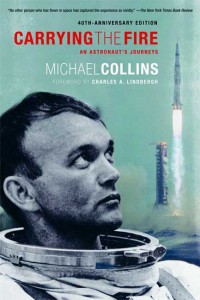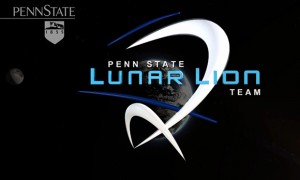The International Space Station (ISS), as its name implies, is a collaboration between many different countries, including the US, Russia, Canada, Japan, and the countries that make up the European Space Agency. One notable exception is China. (China does have an active space agency and operates its own station through its evolving Tiangong Program). Though the ISS orbits hundreds of miles above us, it does not escape the grasp of our earthly politics.
I’ve mentioned previously that NASA retired its space shuttle fleet in 2011, leaving American astronauts no way to independently get to the space station. Under normal circumstances (and even under some abnormal circumstances, as we will soon see) this is not a problem because of international cooperation. We don’t have our own transportation, so we just hitch a ride on the Russian Soyuz vessel—for a fee, of course. But what happens when the nation of America is not feeling friendly towards the nation of Russia, as is currently the case? (I’m not going to go into details about what’s going on in Crimea right now, partly because it’s very complicated, and partly because I don’t even understand it all myself. Suffice it to say, America does not agree with Russia’s policy on the matter.)
Though federal agencies were ordered to stop communication with Russia, NASA’s situation is unique. Luckily for the American astronauts currently aboard the ISS/those scheduled to go aboard soon, NASA has decreed that their relationship with Russia in regards to the ISS will continue as normal. All other contact, however, are suspended. Chris Hadfield recently linked to a well-written article about the necessity of having our own way to get to space, written in response to current events. I’m all for it, but obviously not everyone is, or else we would already have developed something.
Just a note: Evan Hadfield has been on point with his commenting lately. Though Chris Hadfield does his own posting on his social media now that he’s back on earth, it is his son, Evan, who does most of the monitoring. It’s not uncommon to see Evan engaging in the comments sections on his father’s posts, mostly to clarify matters. Evan isn’t afraid of responding to impolite comments, and he’s often expressed his exasperation with the incivility of online discourse. One comment on the post linking to the article I mentioned above expressed annoyance that Chris Hadfield is not above the “silly games of politics.” Evan responded by saying that his father has, on many occasions, called for international cooperation between all nations—including China—and that his posting of this one article does not constitute his views. I think it’s a good response. I think international cooperation in the space industry between all nations would be beneficial to humankind, in general. That being said, I feel uncomfortable that we don’t have our own mode of transport, just in case.
What do you think? Do we need our own spacecraft capable of carrying astronauts to space, or can we keep relying on Russia? Keep in mind that the development of such spacecraft would require a lot of money, money that Congress has as of yet been unwilling to grant to NASA.
Final note: I guess this is it. Hope you’ve all enjoyed the ride—I know I have.


















